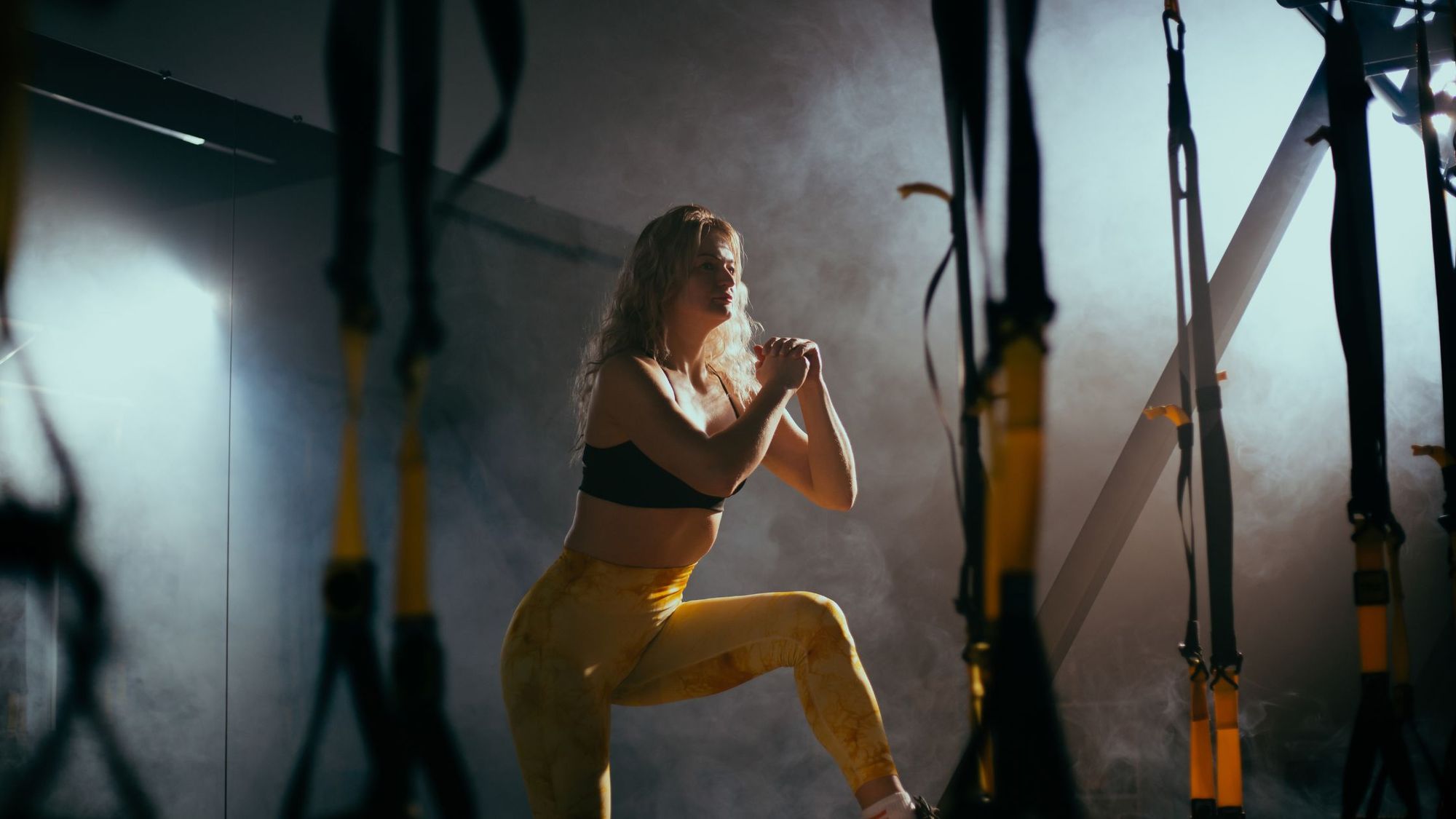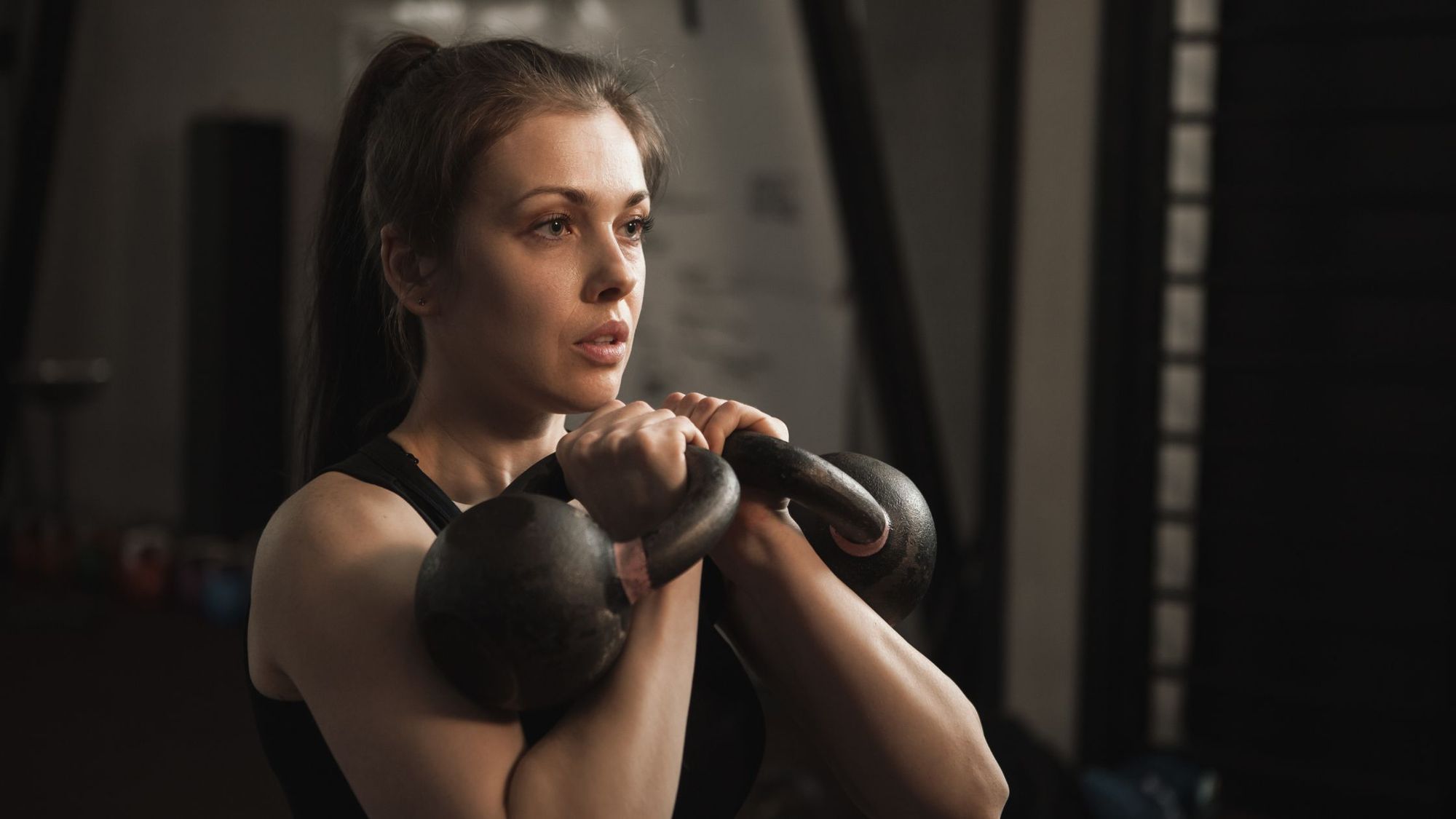
Functional training has become increasingly popular in recent years as people seek to improve their fitness levels in ways that benefit their daily lives. Think moving furniture with ease, moving your joints with fluidity and less tension and maintaining good posture at the office.
Unlike traditional weightlifting, which often isolates specific muscles, functional training involves exercises that often use your whole body and improve overall function. Read on as we explore what goes on behind the scenes in functional workouts, give you a few examples of functional exercises you can do at home, and discuss the numerous benefits it offers.

How is Functional Training Designed?
Functional training first picture you engaging in movements you make day-to-day and providing mobility and strength to those activities. As such, you’ll find that sets of functional exercises tend to include a mix of resistance training, cardio and HIIT.
This is good news for those of us who don’t have access to a gym, since you can perform functional training at home with minimal gear. You can simply use your own bodyweight for some exercises, but you can also include some free weights, resistance bands, and medicine balls to open up some options and introduce variety into your workouts.
In fact, you can get creative and even use household items as workout equipment, but just be mindful of your space.

Examples of Functional Exercises
There are countless exercises that fall under the umbrella of functional training. The trick is to mix and match movements to achieve a set goal, like incorporating leg and core workouts in a session to improve your lower body function like walking, squatting and balancing yourself. Here are a few basic movements that, when mixed together in a set, can give you a great functional workout:
Squats – With proper form and tweaks to this compound exercise, you can target multiple muscle groups at once, including the glutes, quads, hamstrings, and calves.
- Squats can be performed with bodyweight or weighted objects, such as dumbbells, a barbell, or even a heavy backpack.
- Lunges – Another lower body compound exercise, these target the glutes, quads, hamstrings, and calves. Lunges can be performed with bodyweight or weighted objects, and depending on how you hold your weights, you can also engage your core to maintain proper balance.
- Deadlifts – Deadlifts are a great exercise for strengthening the lower back, glutes, hamstrings, and quads. These also instill proper form in picking up heavy objects in real life, minimizing risk of injury and improving your posture.
- Push-ups – Push-ups are a classic exercise that target the chest, triceps, and shoulders. This is a versatile ingredient of your functional workout sessions as they can be modified to either suit beginners or provide a greater challenge with simple hand or feet positioning.
- Planks – Planks are a core-strengthening exercise that engage the abs, lower back, and hips. Planks can be performed with variations, such as side planks or plank jacks.
Benefits of Functional Training
- Improved overall fitness – Since they work multiple muscle groups, guiding your workouts with functionality in mind can help improve overall body function, leading to improved fitness levels and physical ability.
- Reduced risk of injury – Functional training exercises mimic real-life movements, which conditions the body to perform these movements with greater strength and improved form, reducing the risk of injury during everyday activities.
- Increased calorie burn – With a mix of HIIT, cardio and weight lifting, your workouts will engage multiple muscle groups, leading to increased calorie burn and improved weight management overall.
- Better balance and coordination – Functional workouts tend to challenge your core, where you can see improved balance and coordination after some time, making it easier to perform everyday activities and reducing the risk of falls.
- Increased bone density – Regimens that involve more weight-bearing movements can increase bone density and reduce the risk of osteoporosis.
- Improved mental health – Exercise has been shown to improve mood and reduce symptoms of depression and anxiety. Functional training, in particular, can improve confidence and self-esteem by making everyday activities easier to perform.
Optimizing Your Functional Training with Your DNA
If you’ve started to consider adding functional training to your fitness routine, you can further optimize the results with a DNA test from CircleDNA. Your test’s actionable fitness reports can lend a better understanding of your body’s unique strengths and weaknesses. This way, you can fine tune your workouts in a way that brings out the best in your body.







Comments are closed.